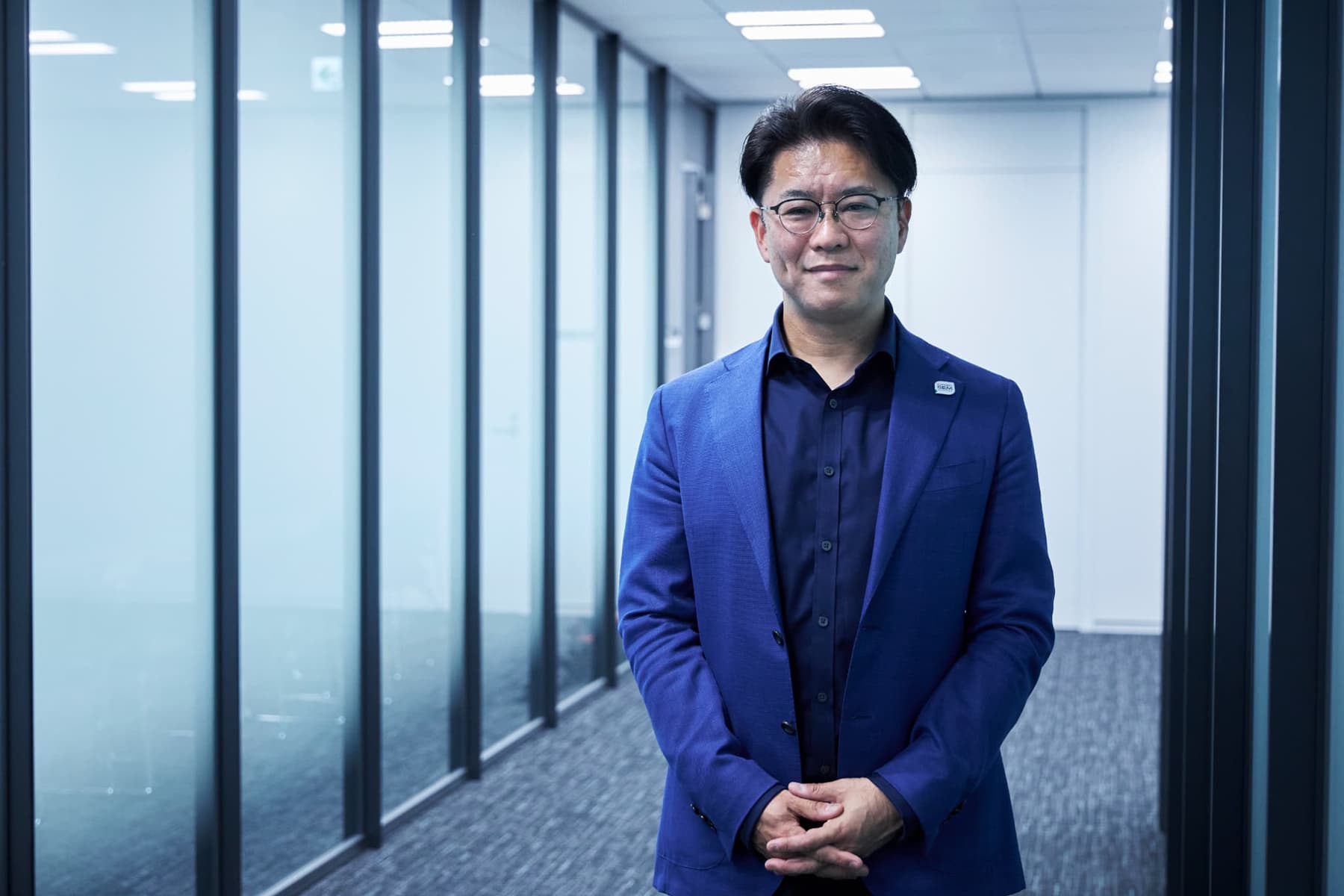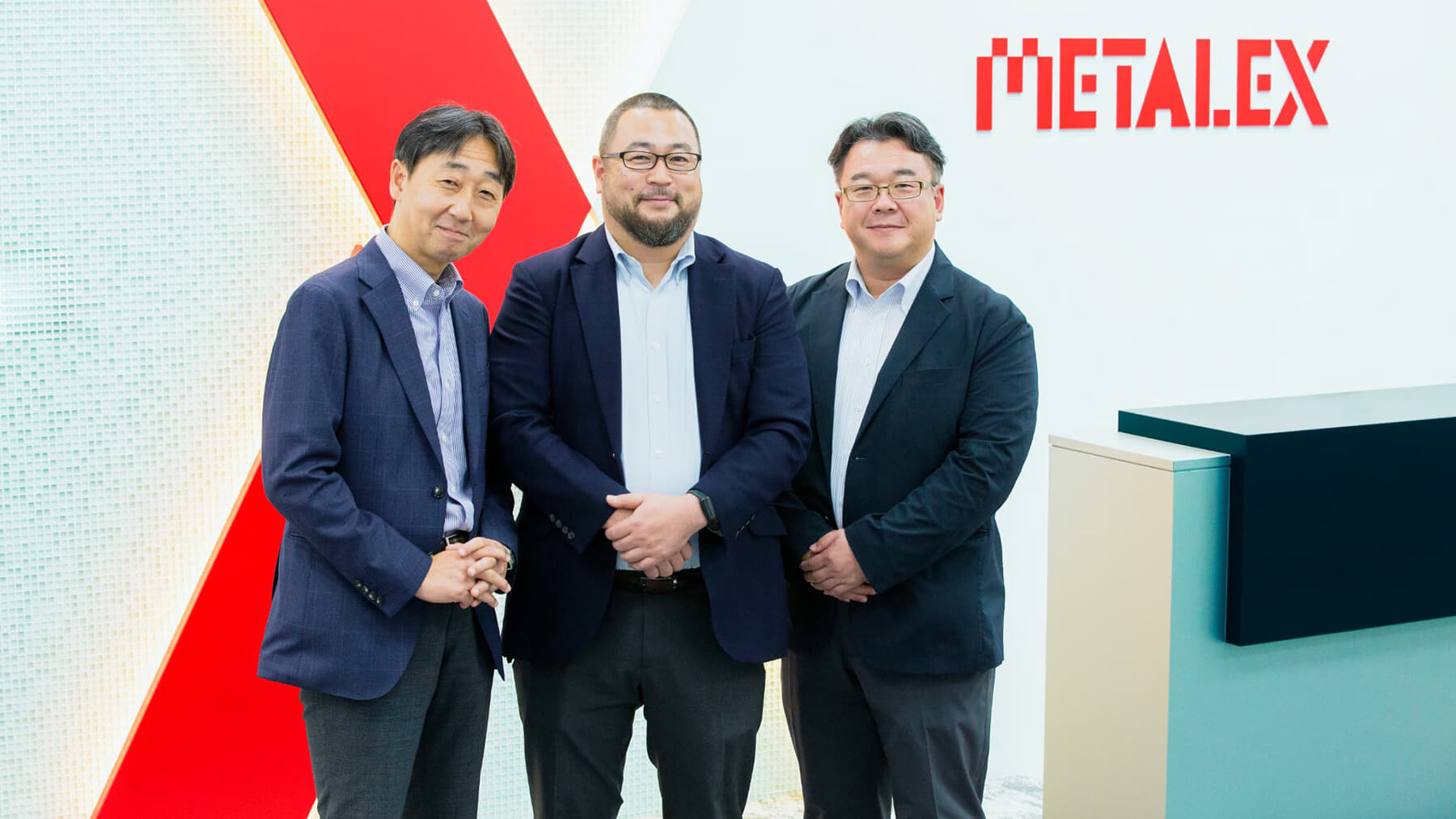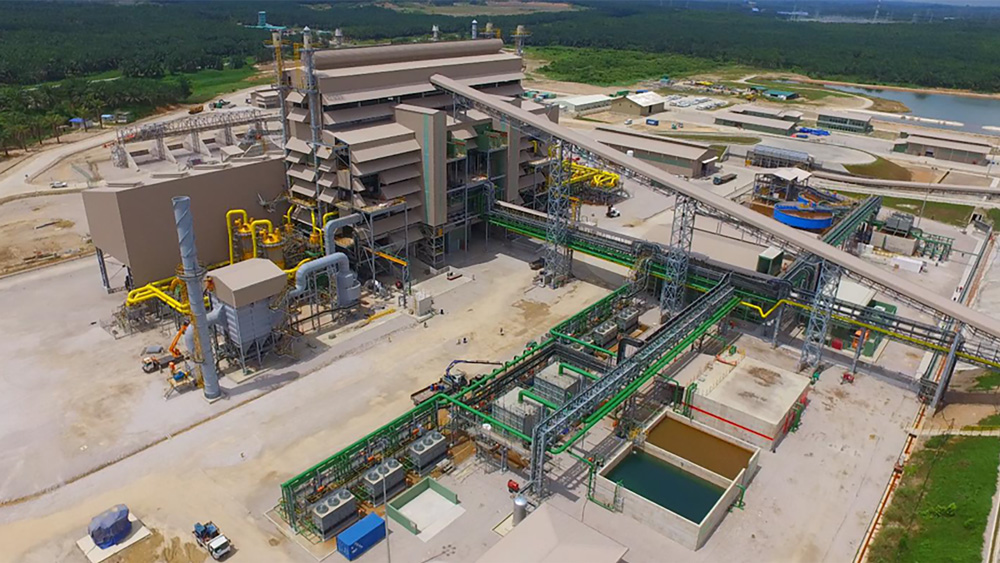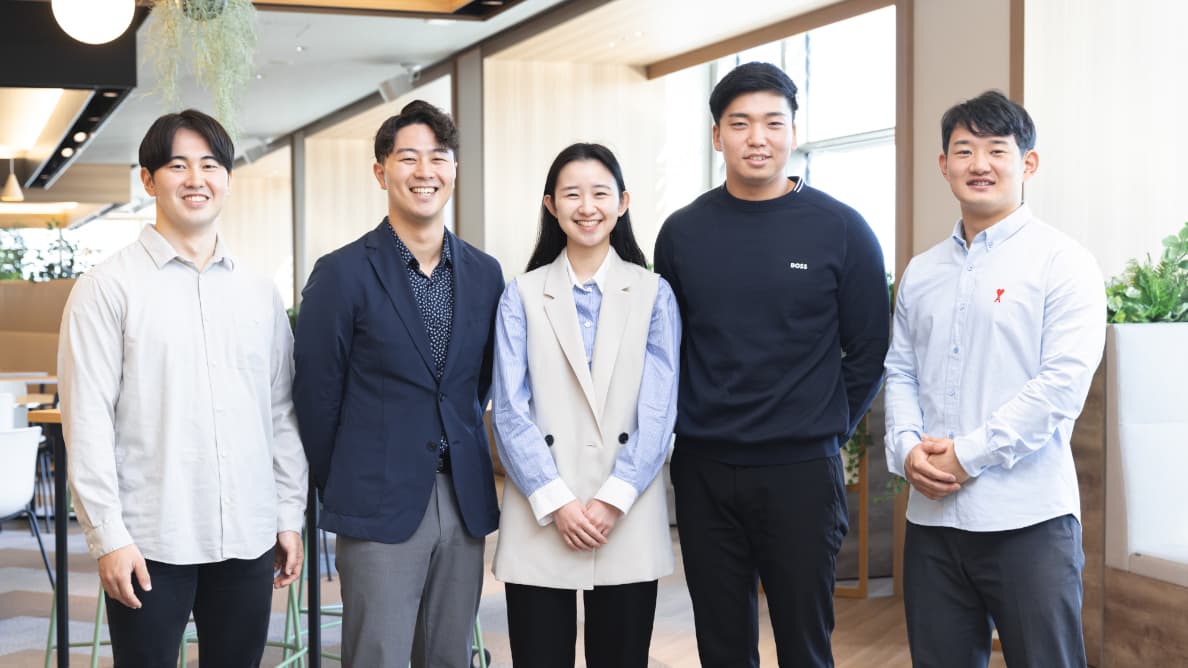
- TOP
- Enriching+TOP
- The Front Lines of Sumitomo Corporation's Aluminium Business: Supporting the Future, Light as a Feather
2025.5.15
Business
The Front Lines of Sumitomo Corporation's Aluminium Business: Supporting the Future, Light as a Feather
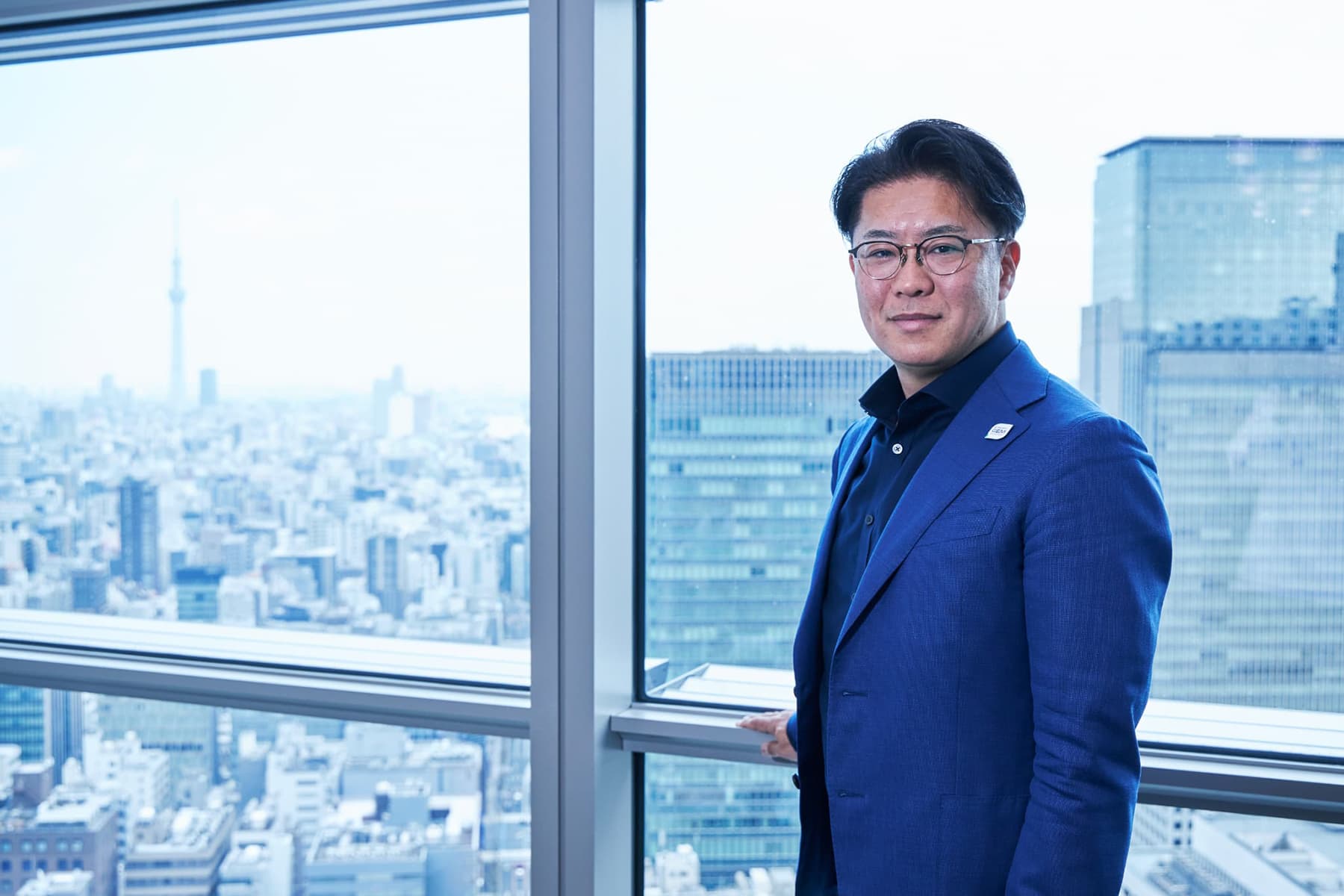
Aluminium ranks as the second most consumed metal after steel, representing the largest market in non-ferrous metals. Among Japanese integrated trading company, Sumitomo Corporation holds the top position in both equity interests and cost-competitive aluminium supply. While the aluminium industry continues to grow, it faces significant challenges including high energy consumption and environmental impacts. How is Sumitomo Corporation addressing these challenges while expanding its business? To answer this question, we spoke with Shingi Yamagiwa, General Manager of the aluminium SBU in the Mineral Resources Group, about Sumitomo's accomplishments and future vision for the aluminium industry.
-
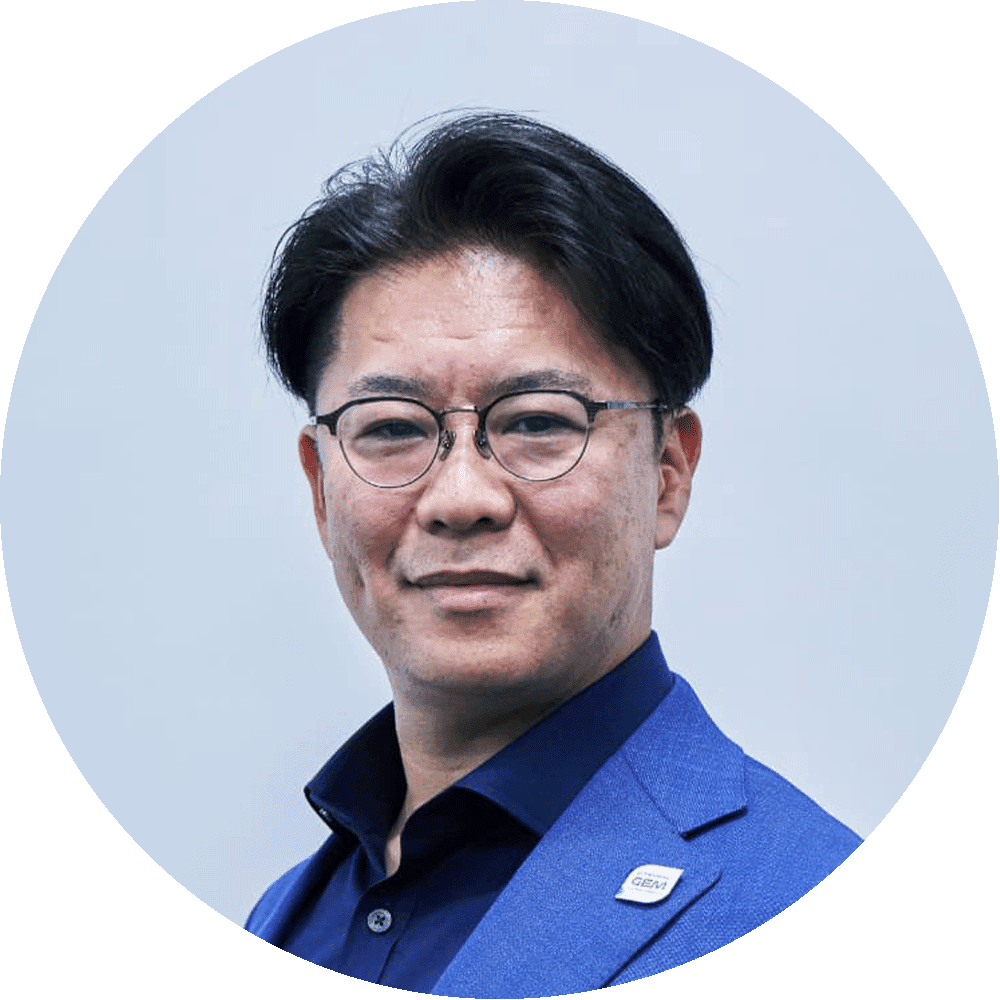
General Manager of Aluminium SBU, Mineral Resources Group, Sumitomo Corporation
Shingi Yamagiwa
After joining Sumitomo Corporation in 1996, Yamagiwa was assigned to Light Metals Business Dept. Following a transfer to Commodities Business Dept, he spent about six years at Sumitomo Corporation's London office. Upon returning to Japan, he rejoined Light Metals Business Dept, leading teams covering metals trading and rolling mill investment. After his assignment in Pan-Pacific Team in Line Pipe Business Dept in 2018-2020, he became the Deputy General Manager of Light Metals Business Dept in 2021, and Head of Light Metals Business Unit in 2024 before assuming his current role as the GM of Aluminium SBU in 2025.

- A Familiar Material, Often Behind the Scenes: The Characteristics and Uses of Aluminium
-
Trading Activities and Investment: Sumitomo Corporation's Dual-Edged Aluminium Approach
- Keeping Up With Trends: Navigating an Evolving Market
- A Greener Future: The Vision for Sumitomo Corporation's Aluminium Business
A Familiar Material, Often Behind the Scenes: The Characteristics and Uses of Aluminium
What are the key characteristics of aluminium?
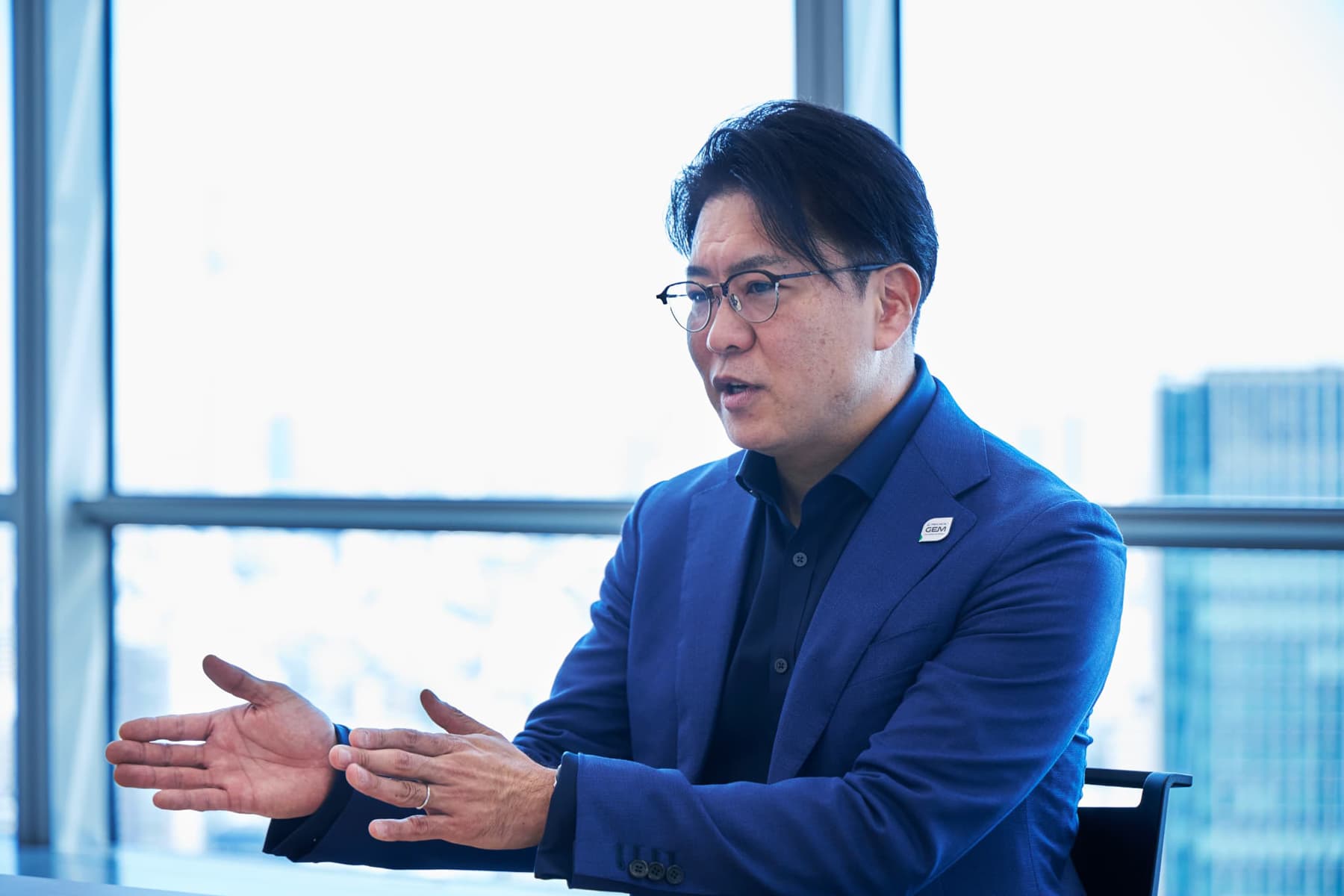
Aluminium is lightweight, highly corrosion-resistant and malleable, making it suitable for a wide range of products. Its lightness is particularly valued for improving fuel efficiency and reducing CO2 emissions, which directly contribute to diminishing environmental impact. Many industries place great value on this property. In recent years, the substitution of other metals for aluminium has accelerated, especially in the automotive industry. As the functionality of vehicles continues to develop, so does their weight, particularly for electric vehicles (EVs) that carry heavy batteries. As a countermeasure, many manufacturers are shifting to aluminium to reduce vehicle weight.
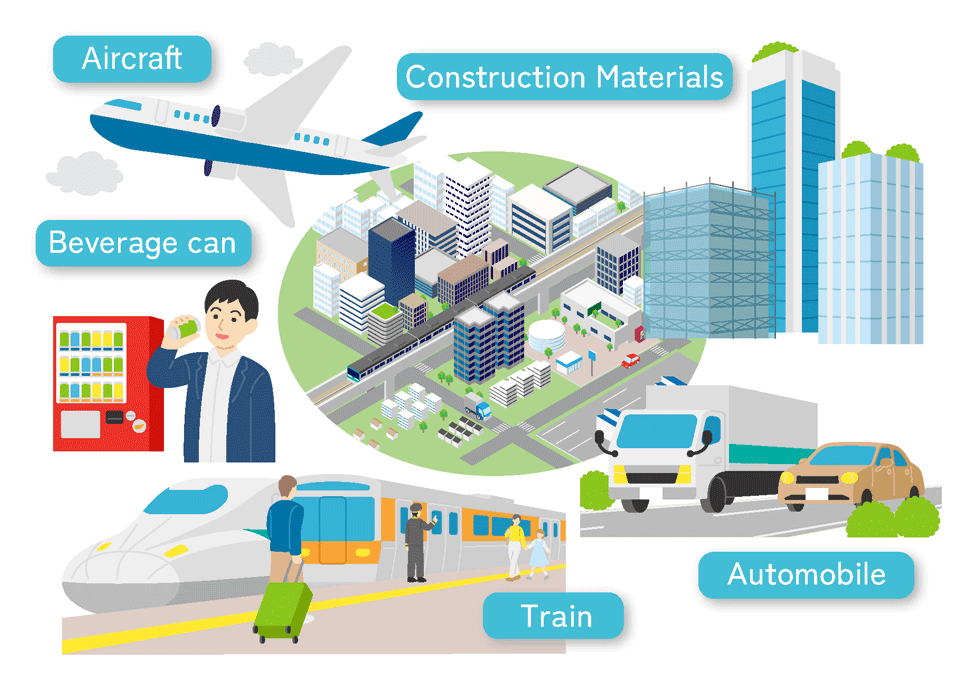
How is aluminium produced?
Aluminium (Al) is the third most abundant chemical element on Earth, after oxygen and silicon. It is mainly found in bauxite, a mineral that undergoes treatment with sodium hydroxide to produce alumina (aluminium oxide), which is then processed through electrolysis to extract aluminium.
Bauxite is not found in Japan, but it exists globally, with high-purity deposits found primarily near the equator. It is mined in countries such as Australia, Indonesia, Vietnam and Brazil. Recently, however, several Chinese companies have begun bauxite mining projects in Guinea, Africa.
Aluminium demand continues to grow – what is its growth rate?
As mentioned above, the global shift towards lightweight materials has led to an increase in aluminium demand. Aluminium prices tend to correlate with economic growth, growing at about 3% annually in line with global GDP. This trend is expected to continue, and the market is projected to continue growing stably in the coming years.
Trading Activities and Investment: Sumitomo Corporation's Dual-Edged Aluminium Approach
Sumitomo Corporation entered the aluminium business in the 1970s. What types of business has the company developed?
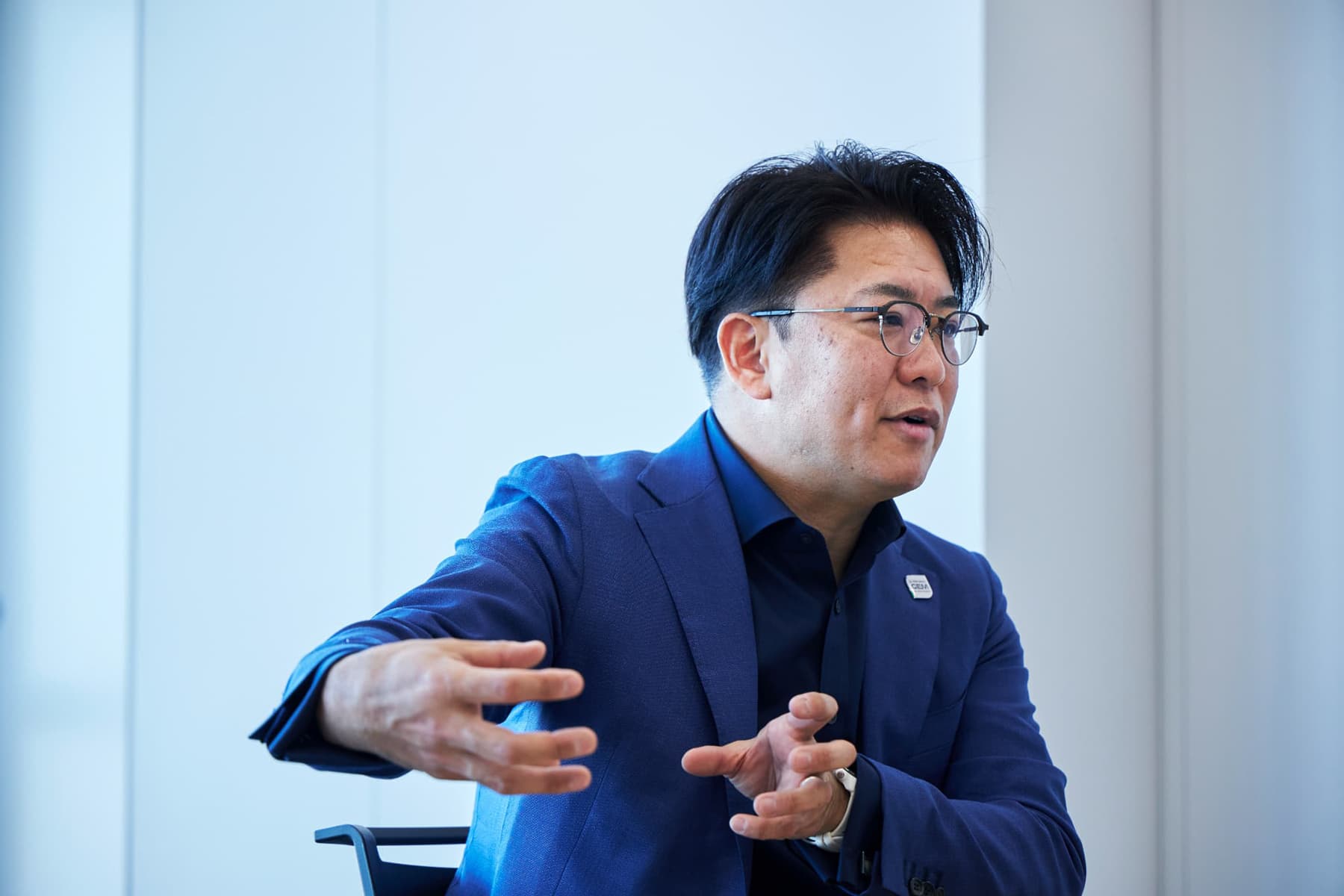
In the early stages, Sumitomo Corporation's aluminium business was based on trading activities – buying and selling aluminium. However, what pushed our presence further in the aluminium industry was in 2010, when Sumitomo Corporation invested in Press Metal, a Malaysian aluminium smelting company, and in 2011, in Tri-Arrows Aluminum (TAA), a U.S.-based aluminium rolling company. This allowed Sumitomo Corporation to advance with both trading activities and investment in the aluminium sector.

Press Metal used a unique Chinese-style smelting technology, distinct from the traditional Western methods. There were concerns about risk, and it might have been easy to back out of the investment. However, a passionate young employee at the time insisted that the investment was worth considering, which ultimately led to a positive outcome. Initially, Press Metal produced 120,000 tons of aluminium annually, but after Sumitomo Corporation's investment, production skyrocketed to 1.08 million tons. Without that employee's determination, this success would not have been possible.
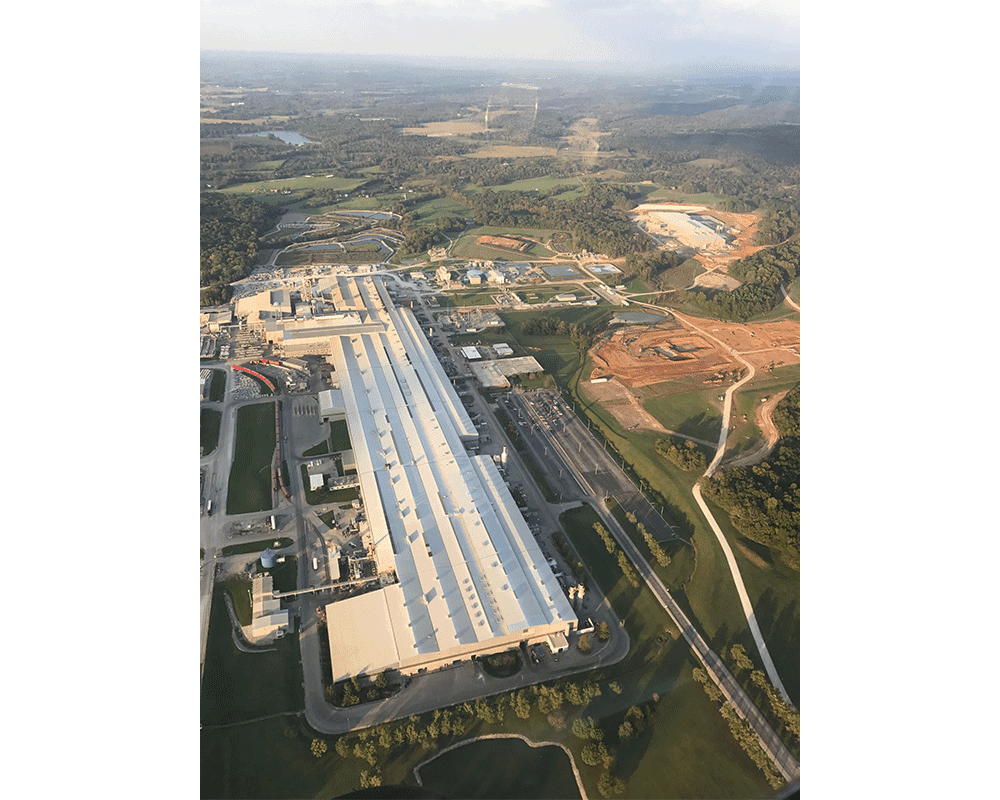
TAA primarily uses recycled materials such as aluminium scraps. We are in the process of introducing a furnace that can melt scrap directly to further increase our competitiveness. Although we are in the rolling business, we are moving forward as if we were in the recycling business.
How did Sumitomo Corporation reach its current position in the aluminium business?
The decision to invest in Press Metal and TAA plays a crucial role – both companies were highly competitive and had strong technical capabilities. Another major factor has been the fact that several Japanese companies have scaled back or withdrawn from the aluminium business within the last five years. One reason for this is that about one-third of aluminium production costs are electricity costs, and the use of power from coal or natural gas sources is approaching its limits, both from a cost perspective and in terms of environmental impact. Press Metal, on the other hand, is actively utilizing hydroelectric power, which allows it to excel in both controlling electricity costs and reducing environmental impact. Sumitomo Corporation has accentuated this strength to expand its sustainable aluminium business.
So combining investment with trading activities has led to significant results?
Exactly. However, to generate return on investments, a solid understanding of trading activities is essential. While investments yield larger returns, it is key that investment and trading activities go hand in hand. The main difference between investment funds and a general trading company like Sumitomo Corporation is that we actively engage with the management of our investments, working together to grow the business. For example, understanding the challenges our partners face in entering markets, addressing not just aluminium, but also raw material and energy price risks, and navigating issues in trading activities – none of this is possible without firsthand experience.
Bauxite and alumina, like aluminium itself, are commodities with prices that fluctuate based on supply and demand. Likewise, electricity prices are volatile. What’s more, aluminium produced using renewable energy has carbon credit(*) value, which adds another layer of complexity in trading activities. This is why Sumitomo Corporation's Aluminium SBU ensures that employees spend 3–4 years on the trading team before moving on to investment roles. I always encourage my team to adopt a "trader's mindset" in everything they do.
(*) A mechanism whereby the reduction of greenhouse gas emissions is traded among companies and on the market.
Keeping Up With Trends: Navigating an Evolving Market
What are the latest trends in Sumitomo Corporation's aluminium business?
There are two key trends we're focusing on. The first is the production of "low-carbon aluminium." This refers to aluminium made using renewable energy sources like hydro, solar and wind power, as opposed to traditional electricity sources like natural gas and oil. Press Metal launched a low-carbon aluminium brand called "GEM" in October 2024.

By branding GEM, we aim to raise awareness of Sumitomo Corporation’s efforts in low-carbon aluminium and differentiate it from other types of aluminium. We intend to add value by offering low-carbon aluminium as a premium product, with the profits generated contributing to Sumitomo Corporation's carbon-neutral initiatives, creating a sustainable cycle.

The second trend is the utilization of recycled materials. The aluminium market is forecasted to see significant growth in both aluminium ingots made from renewable energy sources and recycled materials (scrap). We've already started investing in this area and will continue to push forward.
Looking ahead, we also want to invest in scrap-collecting, sorting, and upcycling technologies to increase the purity of recycled materials. While Japan has a high recovery rate, many countries and regions overseas are still unable to make full use of scraps, so the volume of recycled materials remains limited. Additionally, since aluminium-only scrap is scarce, sorting is essential to maintain the value of aluminium alloy for reuse. Scrap often contains impurities like paint, so pre-processing is also necessary before melting and casting. With advancements in digital technology, we expect greater efficiency and market growth in this area.
A Greener Future: The Vision for Sumitomo Corporation's Aluminium Business
How does Sumitomo Corporation envision the future of aluminium and how do you plan to leverage this material?
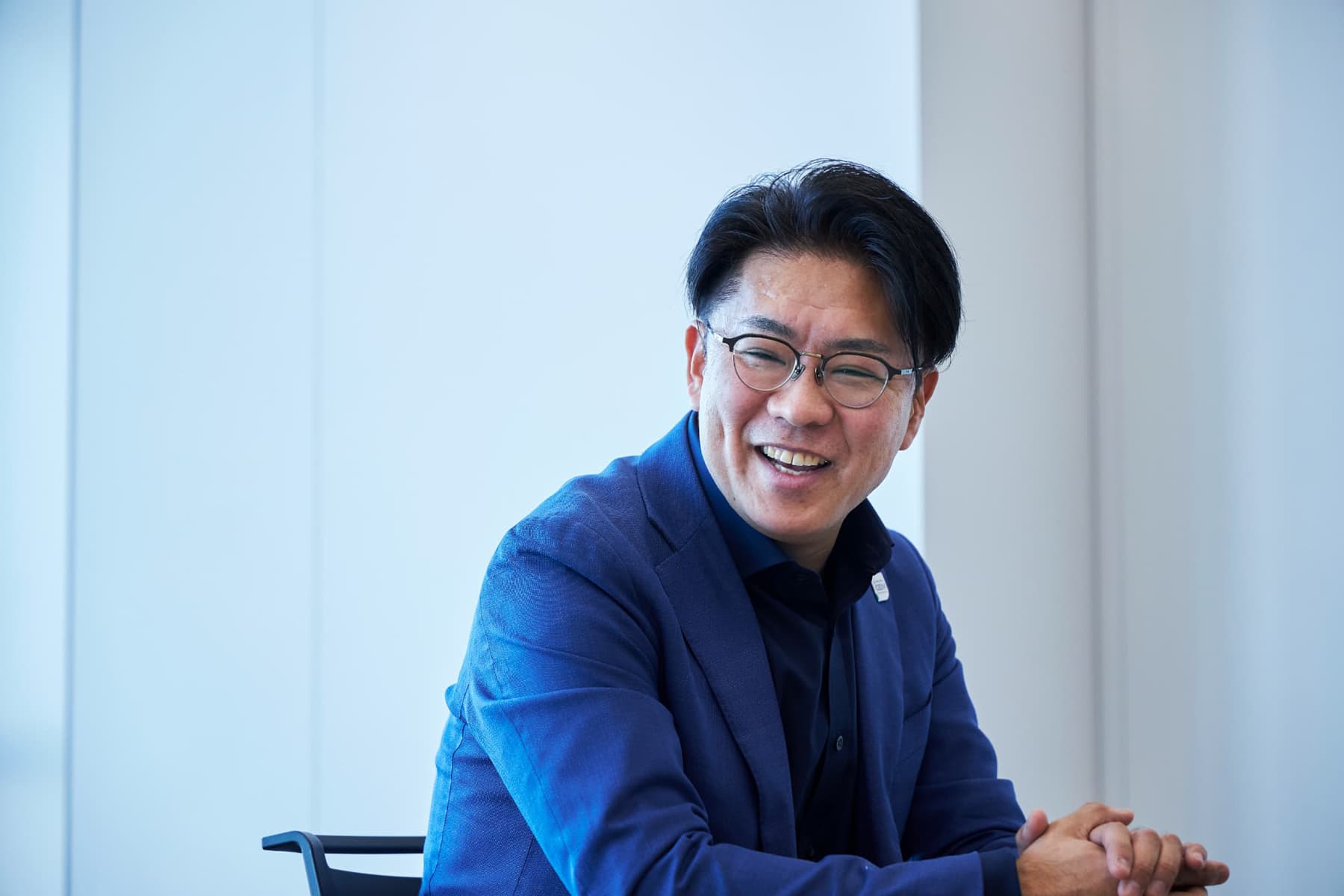
As mentioned earlier, aluminium's greatest strength lies in its lightness.
By leveraging this characteristic, our efforts to expand the aluminium market will contribute to a greener society as a whole. Additionally, if the use of aluminium is to become more widespread, it must also be made greener. A world where all aluminium is made from 100% recycled materials is still a long way off, so it is essential to replace aluminium ingots made from bauxite with low-carbon aluminium wherever possible.
Most recently, we have established a collaborative framework with other departments within Sumitomo Corporation's Energy Transformation Business Group, a sales organization that promotes next-generation energy strategies. We're working together to secure renewable energy for aluminium production and on energy management. By generating renewable energy specifically for aluminium, we hope to grow the aluminium business and integrate the value chain. This is something that only a general trading company like Sumitomo Corporation can achieve. Moving forward, we'll continue to leverage Sumitomo Corporation's strengths in aluminium, with a "trader's mindset" at the core of our approach.
